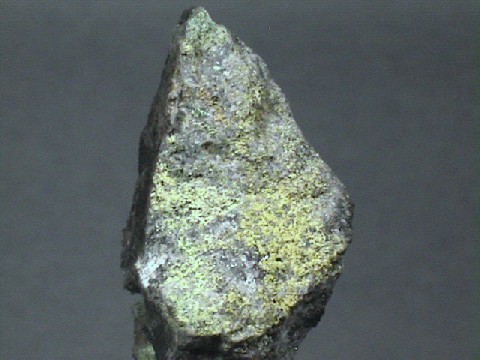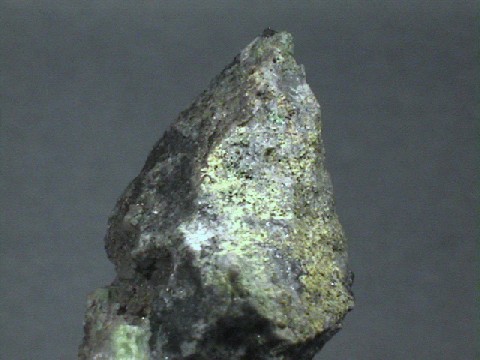 THE
MINERAL BAYLDONITE
THE
MINERAL BAYLDONITE
- Chemistry: Cu3Pb(AsO4)2 - H2O, Hydrated Copper Lead Arsenate Hydroxide
- Class: Phosphates
- Subclass: Arsenates
- Uses: Crafted as cabochons and as mineral specimens.
Specimens
Bayldonite is another attractive arsenate mineral formed in the oxidation zone of ore deposits. It has a nice green color and high resinous luster. The color is mostly due to the copper content and the luster is mostly due to the lead content. Many specimens contain some zinc as well.
Bayldonite, which was discovered at Penberthy Croft Mine in Cornwall, England, can be used to make attractive cabochons, but is also nice as cabinet specimens. Specimens are known from only a few localities, so treasure any that can be found.
PHYSICAL CHARACTERISTICS:
- Color is green to yellow-green or yellow.
- Luster is resinous.
- Transparency: Crystals are transparent to translucent.
- Crystal System is monoclinic.
- Crystal Habits include tabular crystals, radiating fibrous, granular and massive crusts.
- Cleavage is absent.
- Fracture is uneven.
- Hardness is 4.5
- Specific Gravity is approximately 5.5 (well above average for translucent minerals).
- Streak is green.
- Associated Minerals are duftite, mimetite, quartz, bindheimite, cerussite, wulfenite, mimetite, azurite and limonite.
- Notable Occurrences include Penberthy Croft Mine and Wheal Carpenter Mine, St. Hilary and St. Day, Cornwall, England; Arizona, USA and Tsumeb, Namibia.
- Best Field Indicators are color, crystal habit, streak, lack of cleavage, density, locality and associations.



